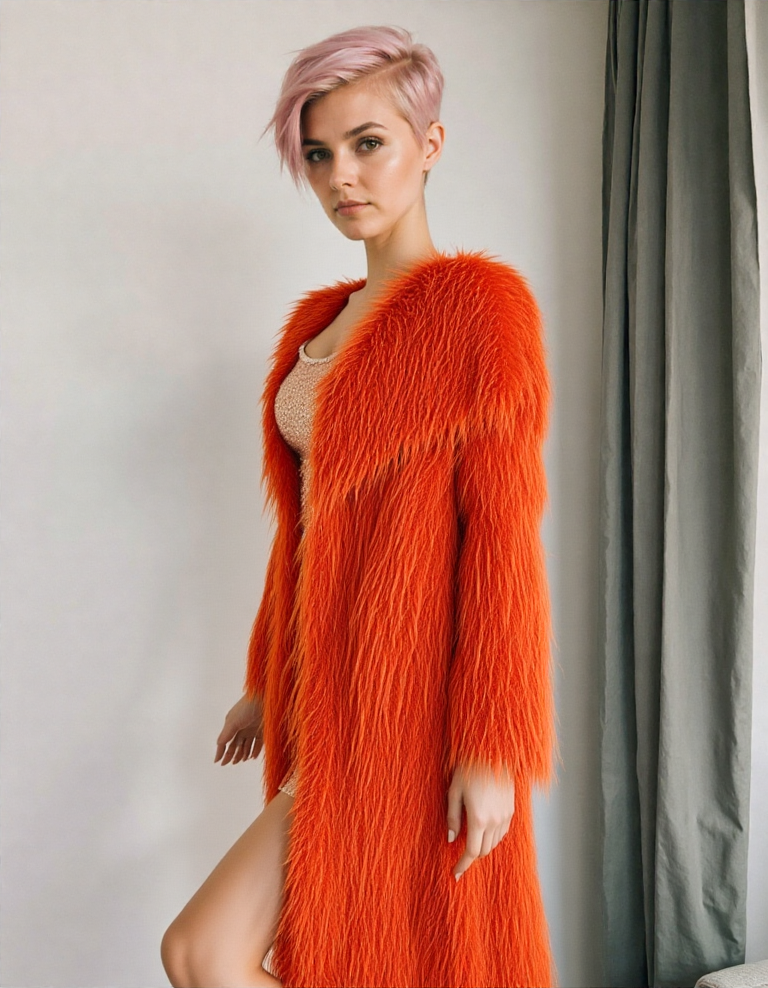29th Sep 2025
Faux Fur Reinvented - 7 Steps To Master Hyper-Realistic Eco Fur And Cruelty-Free Outerwear

Even though traditional fur has been a staple in fashion, you can still embrace your style with hyper-realistic eco fur that is both cruelty-free and stylish. In this guide, you will discover seven important steps that will empower you to navigate the world of modern faux fur, ensuring your outerwear choices are not only chic but also environmentally friendly. Transform your wardrobe while aligning with your values by mastering the art of sustainable fashion.
Crafting a Vision: The Future of Eco-Friendly Fashion
The future of eco-friendly fashion is not just a trend; it's a revolutionary shift that prioritizes sustainability, ethical practices, and innovative materials. You're witnessing brands embrace eco-conscious strategies, integrating advanced technologies to reduce their carbon footprint while enhancing the aesthetic appeal of garments. Every detail, from sourcing to production processes, reflects a commitment to environmental stewardship, making your fashion choices not just stylish but also responsible.
The Shift Towards Sustainable Materials
Sustainable materials are transforming the fashion landscape, offering alternatives that align with eco-conscious values. You can opt for fabrics made from recycled plastics, organic cotton, and innovative bio-based materials that minimize resource consumption. Brands are investing in research and development to produce high-performance textiles with reduced environmental impact, ensuring your wardrobe remains both chic and planet-friendly.
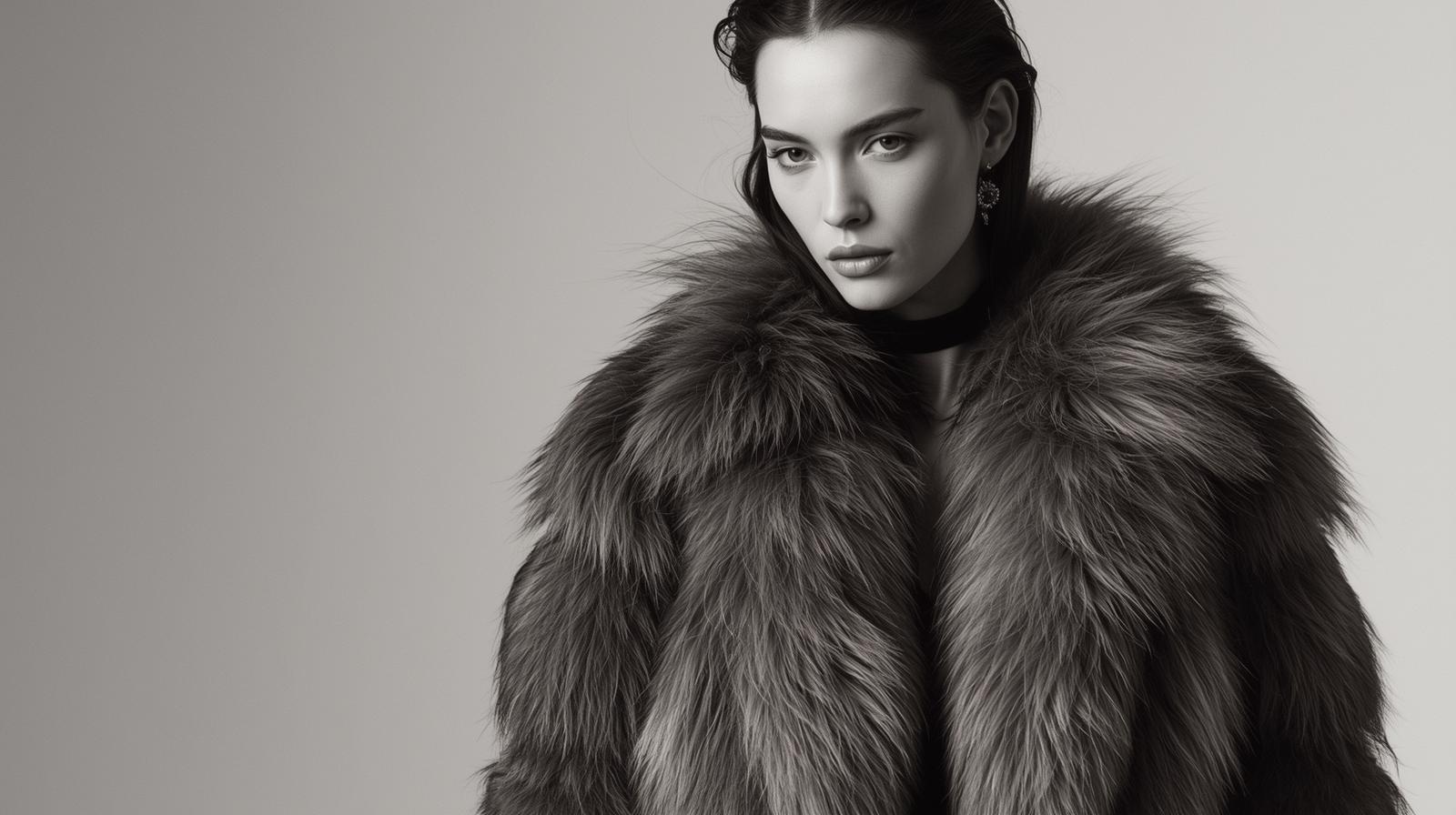
Reimagining Luxury in Outerwear
Luxury in outerwear is being redefined through the lens of sustainability, combining opulence with ethical considerations. You have access to a wealth of options that showcase skillful craftsmanship without compromising on eco-values. Designers are now utilizing advanced techniques to create faux furs that rival traditional materials in texture and appearance, proving that sustainable luxury can be both indulgent and responsible.
Brands like Stella McCartney and Gucci are leading the charge in this reimagined luxury, creating pieces that embody elegance while utilizing eco-friendly alternatives. The incorporation of innovative materials, like *recycled PET* and *plant-based fibers*, seamlessly blends high fashion with the protective ethos of environmentalism. Investing in such outerwear not only elevates your style but also aligns your fashion choices with a movement towards a more ethical industry. As a result, you contribute to a more sustainable future, one luxurious piece at a time.
The Art of Texture: Engineering Hyper-Realistic Fur
Mastering the art of texture is important for creating faux fur that closely mimics the luxurious feel and appearance of real fur. Layering different fiber types, adjusting pile heights, and employing innovative dye techniques will enable your designs to achieve unparalleled realism. By understanding how natural furs behave and utilizing sophisticated manufacturing processes, you can craft outerwear that not only looks stunning but also feels authentic against the skin.
The Science Behind Faux Fur Fibers
Faux fur fibers primarily consist of polyester and acrylic, engineered to replicate the softness and warmth of real fur. Advances in fiber technology have led to the development of microfiber materials that provide a finer, softer touch while maintaining durability. These innovative fibers can be dyed and textured in ways that replicate the natural variances found in animal pelts, enhancing their hyper-realistic qualities.
Techniques for Achieving Realism
To achieve hyper-realistic faux fur, blending multiple fiber types and employing advanced dyeing techniques can drastically improve the outcome. Airbrushing can add depth and dimension, while strategically varying the fiber length will create a more lifelike appearance. Incorporating 3D printing methods allows for intricate detailing, such as realistic spots or patterns, transforming your designs from ordinary to extraordinary.
Consider integrating lightweight backing materials that enhance the overall flow and movement of the faux fur. Experiment with different layering techniques, such as using organza underlays to create shadows and highlights, which simulate the light-reflecting properties of authentic fur. Additionally, layering synthetic furs with contrasting textures can add depth and interest, making each piece truly unique. By combining these techniques with your creative vision, you can push the boundaries of synthetic textiles, resulting in outerwear that captivates and delights.
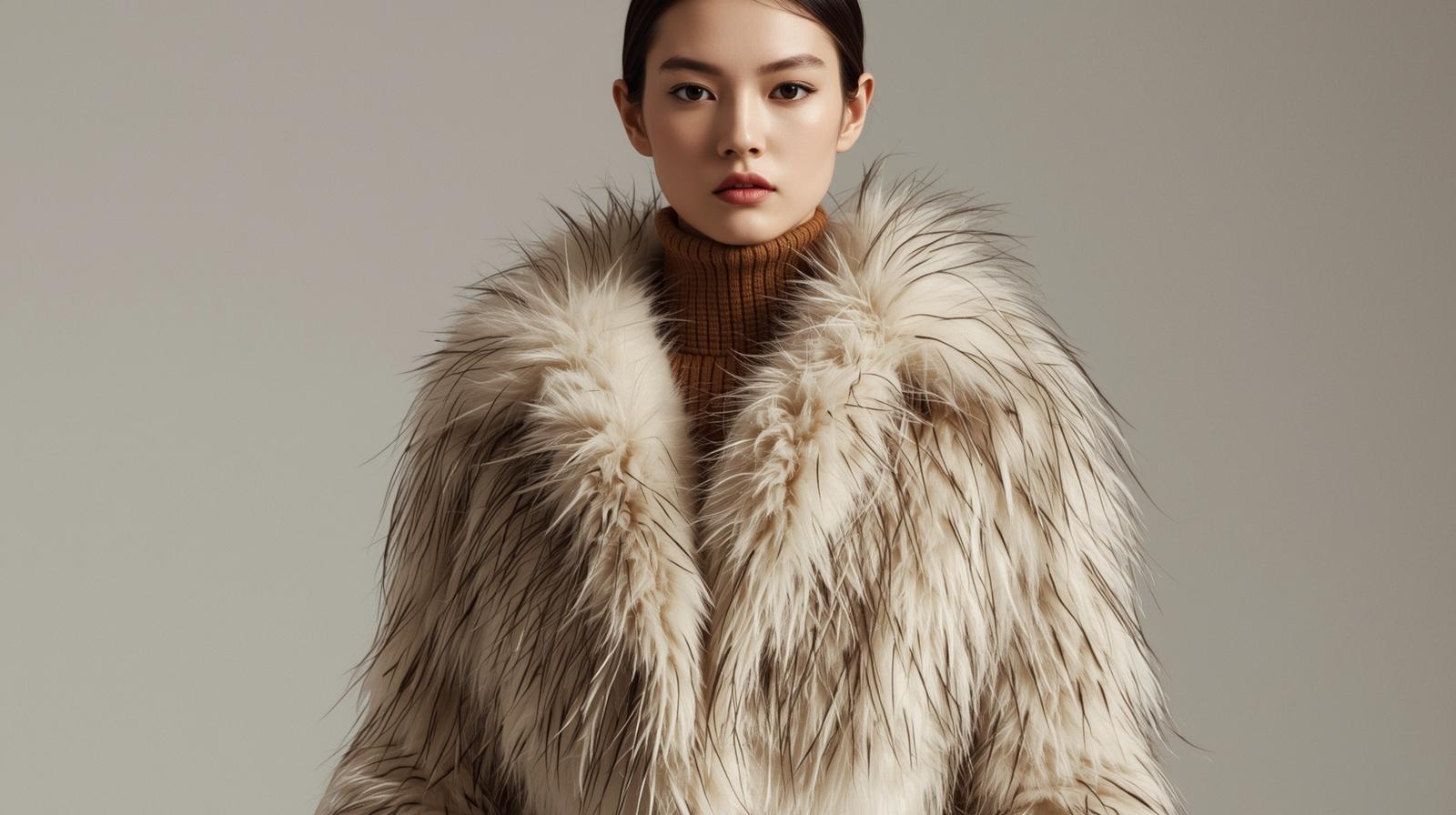
Eco-Conscious Production: Sustainable Practices in Manufacturing
Embracing eco-conscious production involves integrating sustainable practices throughout the entire manufacturing process. This includes using recycled materials, responsible sourcing of raw resources, and adopting innovative technologies that minimize waste. By prioritizing environmentally-friendly factories, you can ensure that your faux fur and outerwear not only look good but also contribute to a healthier planet.
Innovations in Circular Fashion
Circular fashion transforms the way you think about clothing by emphasizing reusability and recyclability. Brands are now designing garments with the end in mind, using materials that can be easily repurposed or returned to the supply chain. This approach not only reduces waste but also encourages you to invest in pieces that last, aligning with eco-friendly values.
Reducing Carbon Footprint in Production
Manufacturing faux fur with a reduced carbon footprint involves adopting energy-efficient technologies and sustainable sourcing. Utilizing renewable energy sources, like wind or solar, can significantly lower emissions, ensuring that every step of production is environmentally responsible. Optimizing transportation logistics further enhances sustainability, as streamlined shipping can decrease the carbon impact of delivering your garments.
One way to substantially reduce the carbon footprint is by selecting local suppliers and manufacturers. When production occurs closer to consumption, the transportation emissions plummet. For instance, a brand that sources materials within a 100-mile radius can cut their carbon output significantly compared to those importing from overseas. Additionally, leveraging advanced technologies like 3D knitting can minimize material waste, resulting in not just a lower carbon footprint but also cost savings and enhanced efficiency in production processes.
The Sensory Experience: Designing for Touch and Feel
Integrating sensory elements into your faux fur designs elevates the overall wearer experience. The tactile aspect plays a significant role; consumers gravitate towards materials that evoke warmth and comfort. Achieving a hyper-realistic feel is crucial, drawing from a blend of soft fibers and innovative weaving techniques that mimic real fur. Attention to details such as pile height and density enhances perception, making your outerwear not just visually appealing but also inviting to the touch.
Importance of Texture in Consumer Appeal
Your customers often decide on a purchase based on tactile experience. The right texture can evoke emotions and sensations, leading to a stronger connection with your product. Faux furs that feel luxurious and soft will likely stand out in a crowded market, creating an emotional incentive for customers to choose your garments over less appealing alternatives.
Balancing Aesthetics and Comfort
Creating a perfect balance between aesthetics and comfort is crucial for longevity in the fashion industry. Ensuring that your faux fur outerwear is not only visually stunning but also comfortable to wear can significantly increase its desirability. Evaluate factors like weight, drape, and breathability, allowing your designs to maintain their aesthetic appeal while providing the utmost comfort.
True balance involves selecting fabrics that are not only visually attractive but also offer functionality. Consider using lighter materials that drape well without compromising the realistic appearance of fur. Incorporating features like ergonomic cuts and adjustable elements can enhance wearability, catering to various body types while ensuring a fashionable silhouette. Ultimately, your goal is to create garments that people love to wear, enhancing their style without sacrificing comfort, leading to increased customer satisfaction and repeat purchases.
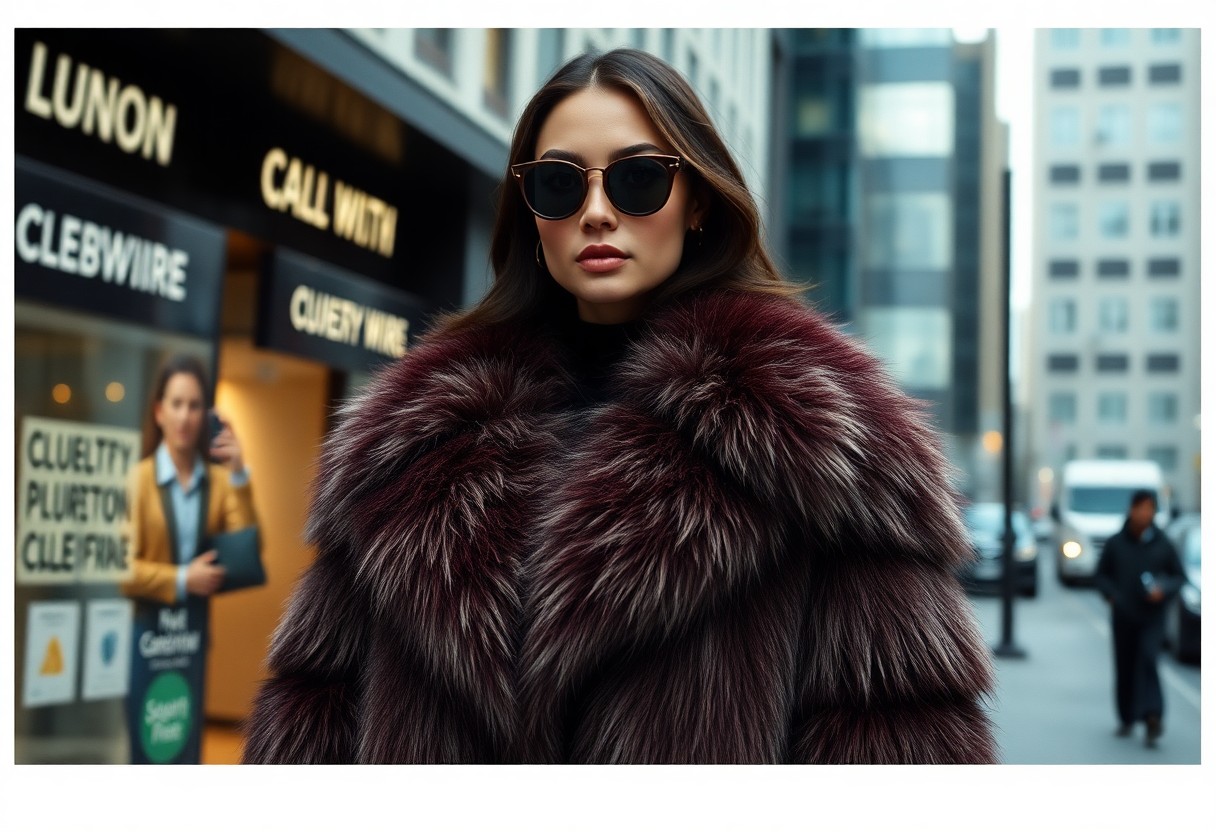
Building a Cruelty-Free Brand: Marketing Strategies for Modern Consumers
Developing a cruelty-free brand requires a strategic marketing approach that resonates with today’s ethical-minded consumers. Leveraging transparency, showcasing sustainable sourcing, and engaging with your audience through storytelling will establish trusted connections. Utilize platforms that highlight your commitment to animal welfare and environmental stewardship, ensuring potential customers recognize your brand's genuine mission.
Communicating Your Ethical Values
Highlight your brand's ethical values through clear messaging that emphasizes your commitment to cruelty-free practices. Use your website and packaging to convey your dedication to animal welfare, sustainable materials, and environmentally friendly processes. Authenticity attracts conscious consumers, so share your journey and the efforts taken to establish your brand's integrity.
Leveraging Social Media for Awareness
Social media platforms serve as powerful tools for promoting your cruelty-free brand to a wider audience. Engage with users through compelling visuals and stories that illustrate your brand's mission, encouraging shares that amplify your message. Utilize hashtags, collaborate with influencers, and run targeted ad campaigns to effectively reach consumers who prioritize ethical and sustainable fashion choices.
Focusing on unique content that resonates with your audience helps create a loyal community around your cruelty-free brand. Share behind-the-scenes insights into your sustainable practices and feature testimonials from satisfied customers who champion your values. Regularly engage with followers through interactive posts, polls, and educational content about the importance of cruelty-free fashion. Analytics can guide you to refine your strategies, ensuring maximum reach and impact in spreading awareness of your values.
The Future of Fashion: Trends Shaping Faux Fur
As the fashion industry evolves, faux fur remains at the forefront of revolutionary trends. Sustainable practices and eco-conscious consumers have driven designers to explore cutting-edge materials that mimic the luxurious feel of real fur while remaining cruelty-free. Bold patterns, vibrant colors, and innovative textures are gaining popularity, appealing to a diverse audience seeking ethical fashion without compromising on style or comfort.
Insights from Industry Leaders
Industry leaders emphasize the shift towards *sustainable production methods* as a defining characteristic of future faux fur fashion. They advocate for a transparent supply chain that not only respects animals but also minimizes environmental impact, aligning brand values with consumer preferences. Many designers are collaborating with eco-friendly manufacturers to create pieces that resonate with *conscious shoppers*, showcasing that style and ethics can coexist harmoniously.
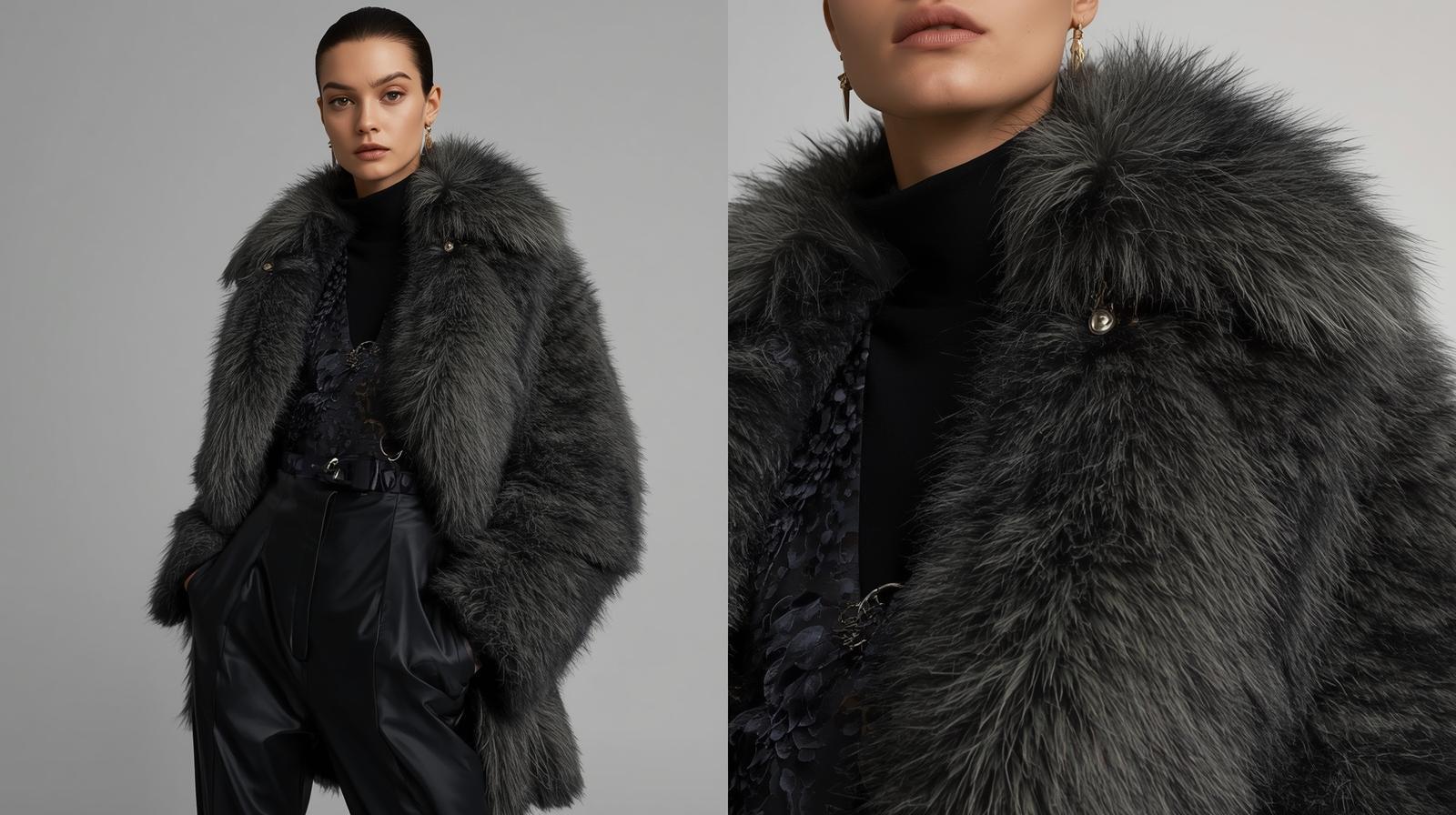
Predicted Innovations in Faux Fur Technologies
Emerging technologies in faux fur production are set to revolutionize the market. Innovations like *biodegradable fibers, plant-based dyes*, and enhanced thermal properties are enhancing the functionality and appeal of these materials. Researchers are developing *advanced 3D knitting techniques* that reduce waste and create customized, high-quality textures. These breakthroughs not only substantiate faux fur’s viability but also expand design possibilities that cater to a growing demand for personalization and uniqueness in outerwear.
The potential for innovations in faux fur technologies is vast and exciting. For instance, recent developments in *recycled plastics* to produce faux fur not only repurpose waste but also maintain quality and durability. Brands are beginning to adopt *smart textiles* that can regulate temperature based on external conditions, providing an unmatched combination of style and practicality. As these advancements gain traction, expect to see enhanced partnerships between tech and fashion sectors, further blurring the lines between sustainability and style, thus attracting a new generation of eco-conscious consumers.
Conclusion
Conclusively, mastering hyper-realistic eco fur and cruelty-free outerwear involves understanding materials, techniques, and ethical practices. By following the outlined seven steps, you can elevate your wardrobe with innovative faux fur that not only enhances your style but also aligns with your values. Embrace sustainable fashion while making a statement about compassion and creativity in your clothing choices. Your commitment to environmentally responsible fashion makes a difference in both aesthetics and the future of the planet.

